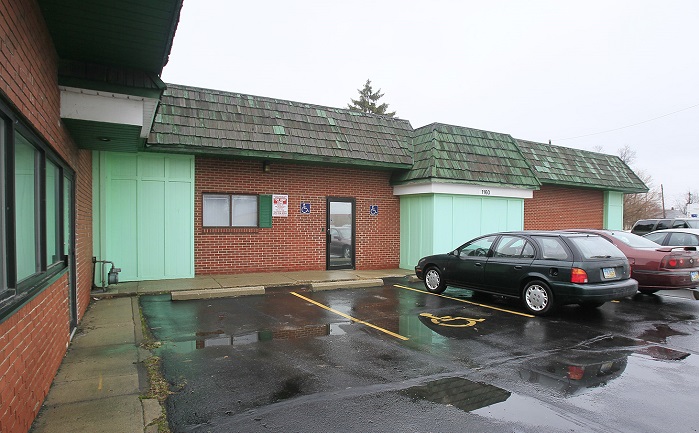In a victory for women and unborn babies, an Ohio abortion facility was forced to stop doing surgical abortions this week because it failed to comply with the law.
WOSU Radio reports Capital Care Network, the last abortion facility in Toledo, canceled all its surgical abortion appointments this week after the Ohio Supreme Court ruled against its plea to keep its license.
While the abortion business can continue to abort unborn babies using abortion drugs, for now, it will not be able to abort unborn babies surgically. This means second-trimester unborn babies no longer will be aborted in Toledo. Until this week, the abortion facility used surgical methods to abort unborn babies up to 16 weeks of pregnancy; abortion drugs are used up to 10 weeks.
Capital Care Network lost its surgical license for violating a requirement that ambulatory surgical facilities have a written transfer agreement with a hospital for patient emergencies.
The abortion facility challenged the state’s decision to revoke its license, but the Ohio Supreme Court sided with the state in February. Later, when the abortion facility entered an agreement with ProMedica’s Toledo Hospital to comply with the law, it asked the court to reconsider its ruling.
This week, the Ohio Supreme Court refused, agreeing with the state that Capital Care Network must apply for a new license.
According to the local news, the abortion facility applied for a new license in March, and now is waiting for an answer from the state.
The abortion facility also owes $40,000 in fines to the state for repeatedly violating the law, according to Ohio Right to Life.
The abortion business is the last one in Toledo.
It frequently ran afoul of state laws. In one case, state health inspectors discovered that after one woman had an abortion, the doctor believed that he might have perforated the woman’s bowel. Capital Care Network did not follow its own medical emergencies procedure, in which it should have called 911. Instead, it sent the patient out the back door and into an employee’s personal car. They dropped her off at the hospital, and then came right back, not ensuring that the woman was treated promptly.
According to a letter from ODH Director Lance Himes and an attached inspection report, on April 11, 2017, ODH representatives inspected the Capital Care in response to a complaint.
SUPPORT PRO-LIFE NEWS! Please help LifeNews.com with a donation to share the pro-life message
Those inspectors reviewed the chart for “Patient 1” and interviewed staff members, including “Staff A,” a “patient advocate” who drove Patient A and her “significant other” to the Toledo Hospital emergency room in her private vehicle and dropped them off before returning to work.
The inspection report indicated that Patient 1 was 11.5 weeks pregnant when she went to the Capital Care Network for a suction abortion using a plastic vacuum tip. An ultrasound revealed possible retained tissue, but after an inspection of the aborted baby remains, staff reported that they found “placenta with complete fetal parts.” The unnamed abortionist noted in Patient 1’s chart, “possible perforation of bowel in cavity,” then ordered that she be “transferred to the hospital for an ultrasound.”
In order for a bowel to be perforated by a plastic vacuum tip during an abortion, it would require the uterus to be perforated first. The combined uterine and bowel perforations are life-threatening injuries.
The inspection report noted five serious violations identified by the Ohio Department of Health:
• Failure to ensure the Medical Emergencies policy was implemented as written;
• Failure of staff to document and review the event;
• Failed to document and review all adverse events as part of its Quality Assurance program;
• Failed to ensure that the patient transported to the hospital was accompanied by her medical record;
• Failure to provide the patient with discharge instructions upon leaving the facility.








